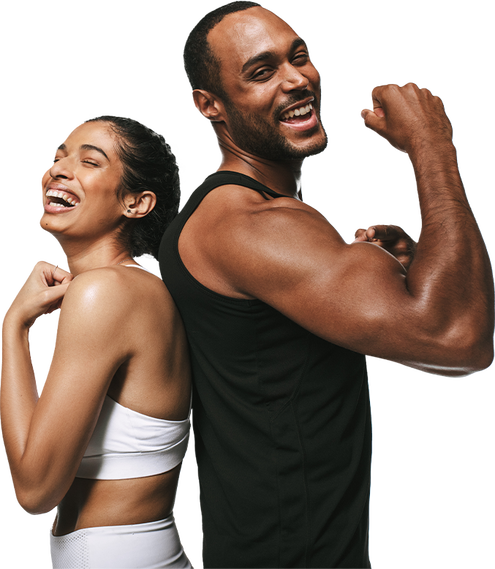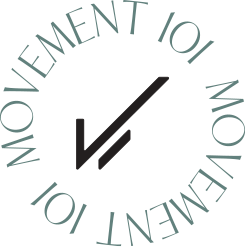|
A physiotherapist in Wolli Creek may recommend various exercises as a remedy for many illnesses and conditions, including migraines. There is a body of evidence to support this claim even though some facts are not very clear yet. While most such studies agree on the condition and its causative agents, the diagnosis seems to cause some disagreements. Different medical professionals and specialists disagree on the precise diagnosis of a migraine. Technically, migraine is a severe form of headache that is a symptom of sickness and causes difficulty with vision.
All these professionals agree that both common headaches and migraines are “headache disorders.” However, different diagnosis criteria and variations in the outcome of migraine studies continue to fuel the debate on its proper clinical definitions and management. Undoubtedly, exercise helps to mitigate the unpleasant effects of migraines. However, there may be several mechanisms by which physical activities help to reduce the severity of migraines. Mechanisms of Migraine Alleviation by Exercise
The ways in which physical activities help to reduce and deal with migraines can be divided into physiological and biological mechanisms. According to a review from Irby et al (2016), the neurovascular pathway and neuroinflammatory pathway are the two models under the biological mechanisms of migraine causation.
C-reactive proteins (CRP) are biological molecules found in the blood. Their presence increases following inflammatory conditions, like migraines. Migraines tend to increase following the release of other inflammatory substances like interleukin-6 (IL-6) from some of the body's white blood cells, particularly macrophages and T cells. This review posits that exercise has a marked effect on migraines through its influence in the suppression of the release of these mentioned substances and other cytokines. This is because exercise tends to have an antagonistic effect on the general neuroinflammatory pathway of the body. The neurovascular pathway is also crucial in the management of migraines. This is because there are several conditions associated with migraines. Endothelial dysfunction, for example, is a non-obstructive kind of heart disease that leads to narrowing of the large vessels of the heart. Though this condition is mostly associated with women, even men that suffer regular episodes of migraines have been reported to have it. In addition to endothelial dysfunction, migraines have also been associated with other conditions like hypercoagulability and inflammation. Hypercoagulability is especially dangerous because there is an increased risk of such individuals developing blood clots within their blood vessels, something that shouldn’t happen under normal circumstances. This review found that exercise increased the dilation of retinal blood vessels which led to a decrease in the intensity of the migraines. It’s well-known that endorphins are the natural substances released by the body in response to exercise. These substances give good sensations to the body, the famous “runner’s high.” Exercise helps to increase the release of endorphins, hence increasing the pain threshold and helping to manage migraines. Physiological Mechanism
In a 2017 study, researchers discovered that exercise triggers a decrease in the release of cytokines like interleukin-12p70, a mediator for inflammatory conditions in the body. This is in addition to helping decrease anxiety in the test subjects. These findings postulate that there is a connection between anxiety and interleukin-12p70. By reducing its release, exercise exerts both a biological as well as a physiological effect to combat migraines.
Psychosocial factors like perception and self-efficacy can also greatly benefit from regular exercise, helping the individual to develop habits that can help to manage migraines. Is There Any Ideal Type of Exercise?
Studies have been performed to ascertain the types of exercises most suited to deal with migraines, with inconclusive results. However, it’s clear that regular physical activity is good at helping to manage migraines.
The following types of exercise can help individuals suffering from migraines: Yoga
Yoga is very popular in many communities, both as a spiritual exercise and a physical one. Turns out, it can help with migraines. According to a 2014 Study published in the International Journal of Yoga, regularly participating in yoga sessions for up to six weeks straight can have demonstrable benefits when dealing with migraines. This, of course, has to be coupled with conventional treatments like prescription drugs. These slow, mindful exercises, when performed about 5 times a week, can help sufferers of migraines to experience pain relief.
Jogging, Brisk Walks, Cycling, etc
Long walks, jogging, cycling, and swimming are some of the aerobic exercises that have been associated with a decrease in the frequency and duration of migraine attacks. Moderate exercises like dancing and brisk walks are particularly ideal for those that may not have the endurance to go for things like jogging. Dancing and long walks are good because they help to raise the heart rate just enough without causing panting.
Cross-training can also help deal with migraines. High-Intensity Interval Training (HIIT)
It should be noted that a significant number of individuals have reported an onset of migraines after having taken part in HIIT. That being said, these exercises can help to control migraines if done right. A good way to go about this is to alternate high-intensity exercises with rest periods. You can also change things up by alternating HIIT with low-intensity exercises like stretching. A 2017 study published in the Scandinavian Journal of Medicine and Science in Sports found that high-intensity workouts helped reduce the frequency of migraine attacks.
Tai Chi
This ancient Chinese exercise regimen has several benefits. In addition to increased pain tolerance and reduced fatigue and depression, Tai Chi also contributes to the prevention of migraine attacks. Practicing Tai Chi regularly can result in a notable decrease in migraine attacks for sufferers. This is according to a study of Chinese women with episodic migraines.
While exercising is generally a good thing when dealing with migraines, certain forms of it can be counterproductive. Powerlifting, for example, is a little too strenuous and therefore not advisable for migraine sufferers. At Movement 101, we understand the delicate balance between physical activity and harmful strain on the body. Our physiotherapists know what exercises to recommend and how much. Visit https://www.movement101.com.au/wollicreek.html/ for more information. Movement 101, 53/95 Bonar Street Wolli Creek NSW 2205, 0295679452 Find us on Social Media https://www.facebook.com/Movement101.Physio https://twitter.com/mvmt_101 https://www.linkedin.com/company/wolli-creek-physiotherapy-&-pilates/ https://www.youtube.com/channel/UCV3IfTrtE9sAwbHRdOTZJ8g https://www.instagram.com/movement101.physio/ Comments are closed.
|
AuthorWrite something about yourself. No need to be fancy, just an overview. Archives
April 2024
Categories |
|
|
|


 RSS Feed
RSS Feed









